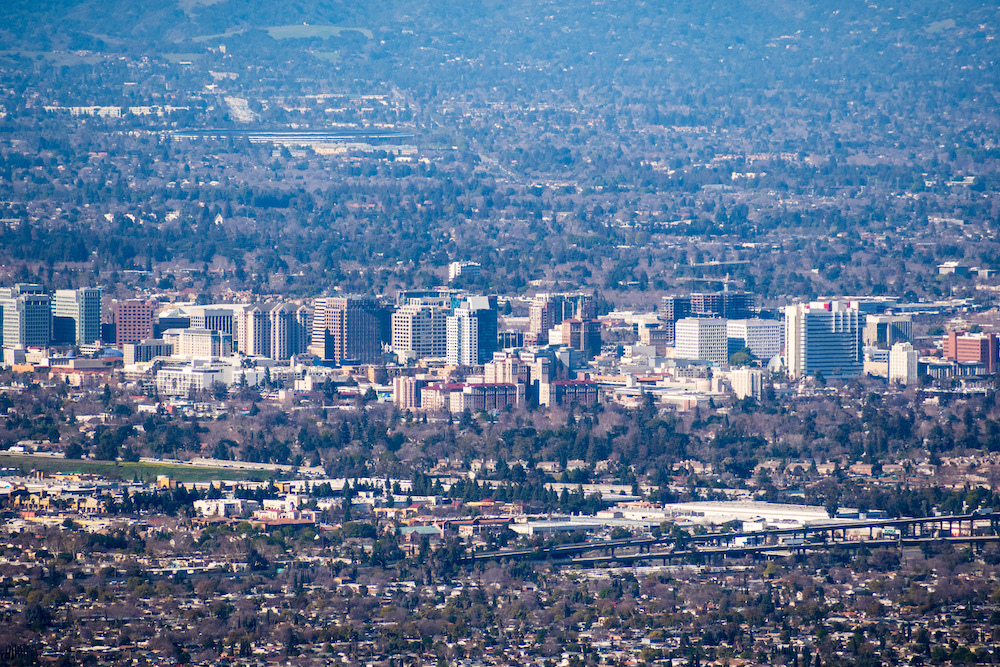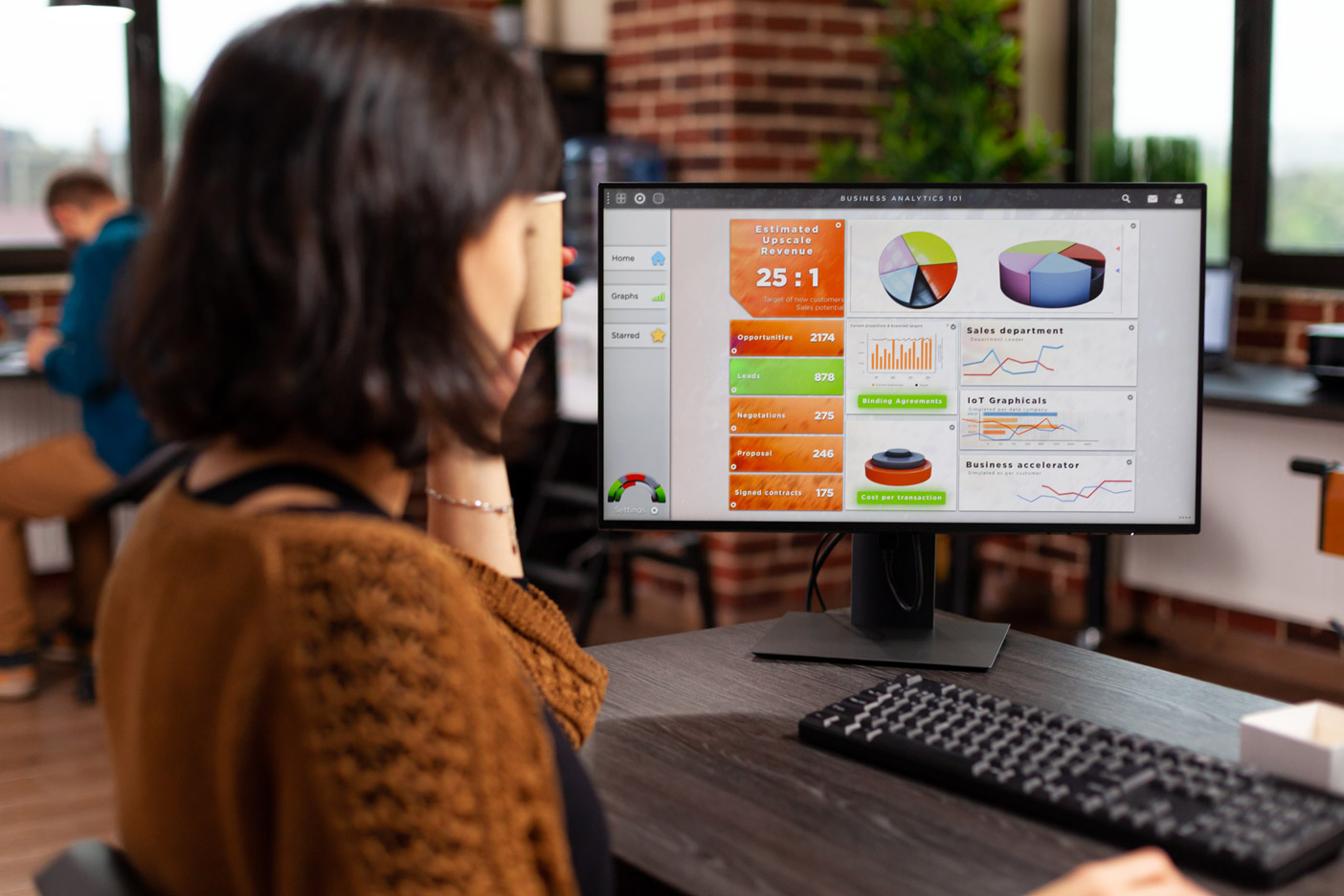City centres can’t get much bigger than they already are. As the world’s population continues to grow, more grocery stores, shopping malls, and residential subdivisions are becoming necessary.
As people’s interests change, some people want to move into a quieter area, away from the hectic downtown lifestyle. The farther people move, the more commercial land is needed to maintain their access to goods and services. This is called Urban Sprawl, and although it sounds very appealing, the fact that it systematically destroys the natural environment always seems to get swept under the rug.
What is urban sprawl?
Urban sprawl can be defined as low-density developments that expand in unrestricted and noncontiguous ways outward from a city centre. It can be characterized as decentralized employment centres, residential subdivisions that are almost exclusively accessible by car, or any spatial segregation.
To break it down even further, all types of urban sprawl, residential or commercial, have one fundamental element in common: you need a car to get around.
How did urban sprawl happen?
After the second world war, the industrial revolution opened many new opportunities for commercial development. The post-WW2 housing boom played an integral part in residential areas becoming one of the world’s most prominent land-use types.
As cars became more accessible and affordable to the general public, it enhanced the culturally rooted ideal that there is unlimited land. This type of thinking made it much more attractive to travel farther and expand suburban developments.
Environmental impacts of urban sprawl
As cities spread, more and more land becomes covered by concrete surfaces. These impervious surfaces lead to increased run-off of contaminated water and less infiltration into groundwater systems. Air quality is also severely impaired by increased vehicle exhaust and commercial pollution.
Wildlife also experiences the direct impacts of urban sprawl, as almost all-natural vegetation is bulldozed over as it turns into new development such as apartment complexes or shopping malls. With more highways and roads being paved and the busier they become, the more barriers are created, reducing connectivity between wildlife habitats.
It is more difficult to plan effective public transit that can access large groups of people when they live or work so far away. Public transport was introduced into cities to reduce the number of cars on the road and reduce vehicle emissions. We’re living in a time where societal attitudes suggest that everyone needs a car of their own or that it is okay that if you drive alone. This attitude has led to increased emission rates from vehicles, vehicle congestion on roads, and vehicle-related accidents.
Social impacts of urban sprawl
The farther out you live or work, the more expensive it is to travel into the city. It is also more expensive to import goods to your segregated area from the city.
Gentrification – the process of changing the character of a neighbourhood through the influx of new affluent residents and businesses, also impacts a neighbourhoods’ economic value and can even make it unaffordable to some residents.
You are disconnected from the city when you live so far away, which can pose the risk of social isolation. Basic exercise is also reduced as people become dependent on cars to travel from place to place.
What is being done to prevent urban sprawl?
The most effective and vital thing developers and community organizers need to change about their cities to reduce urban sprawl is to make the existing space more usable and relevant to the residents who live there. Thoughtful planning will result in the residents being less likely to want to move elsewhere. Better education and community evolvement in these types of projects can be so instrumental in bolstering existing communities.
In addition to the existing infrastructure, cities can improve public transit, build upwards and not outwards, or repurpose existing buildings and land uses before building new ones. Preserving natural landscapes will benefit humans and the natural wildlife of that area, so it is crucial to protect and make the best use of the land we still have while we still have it.










